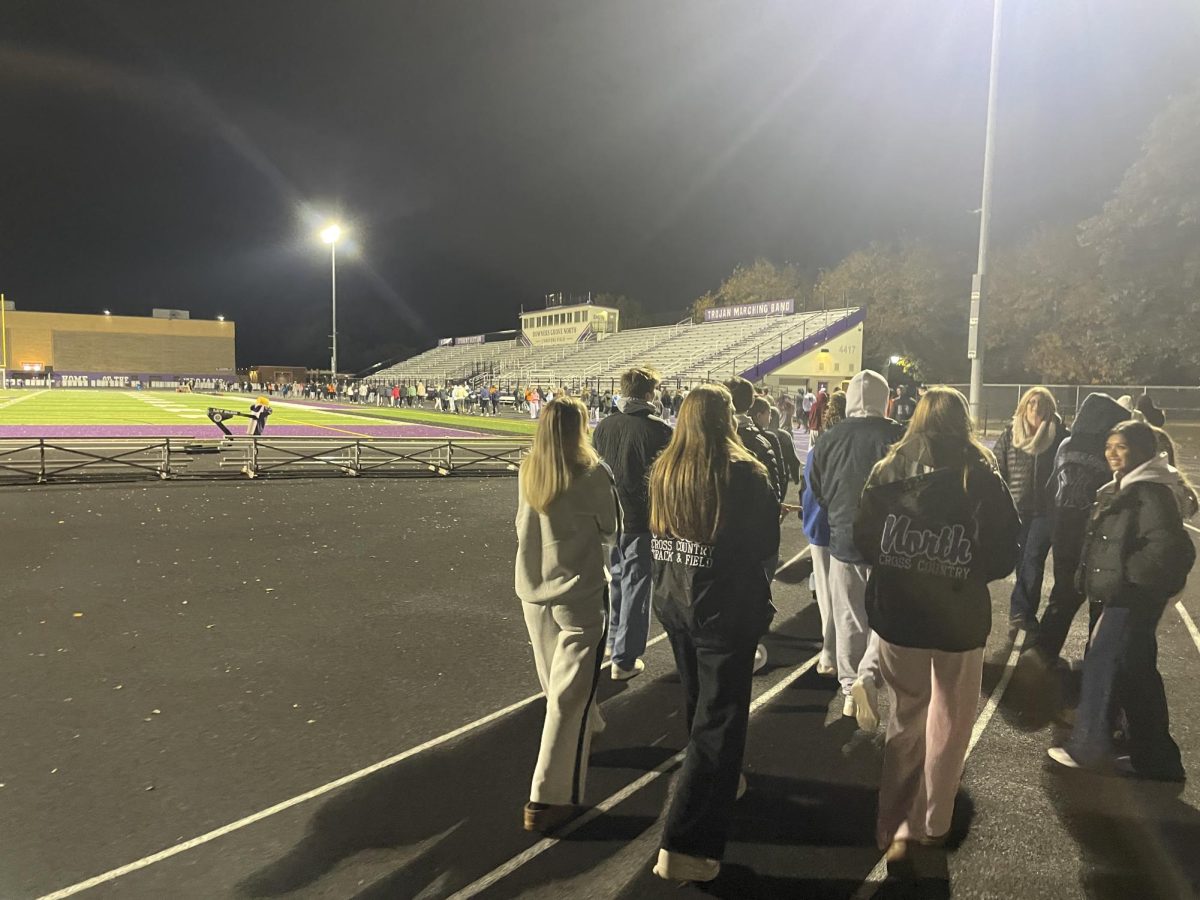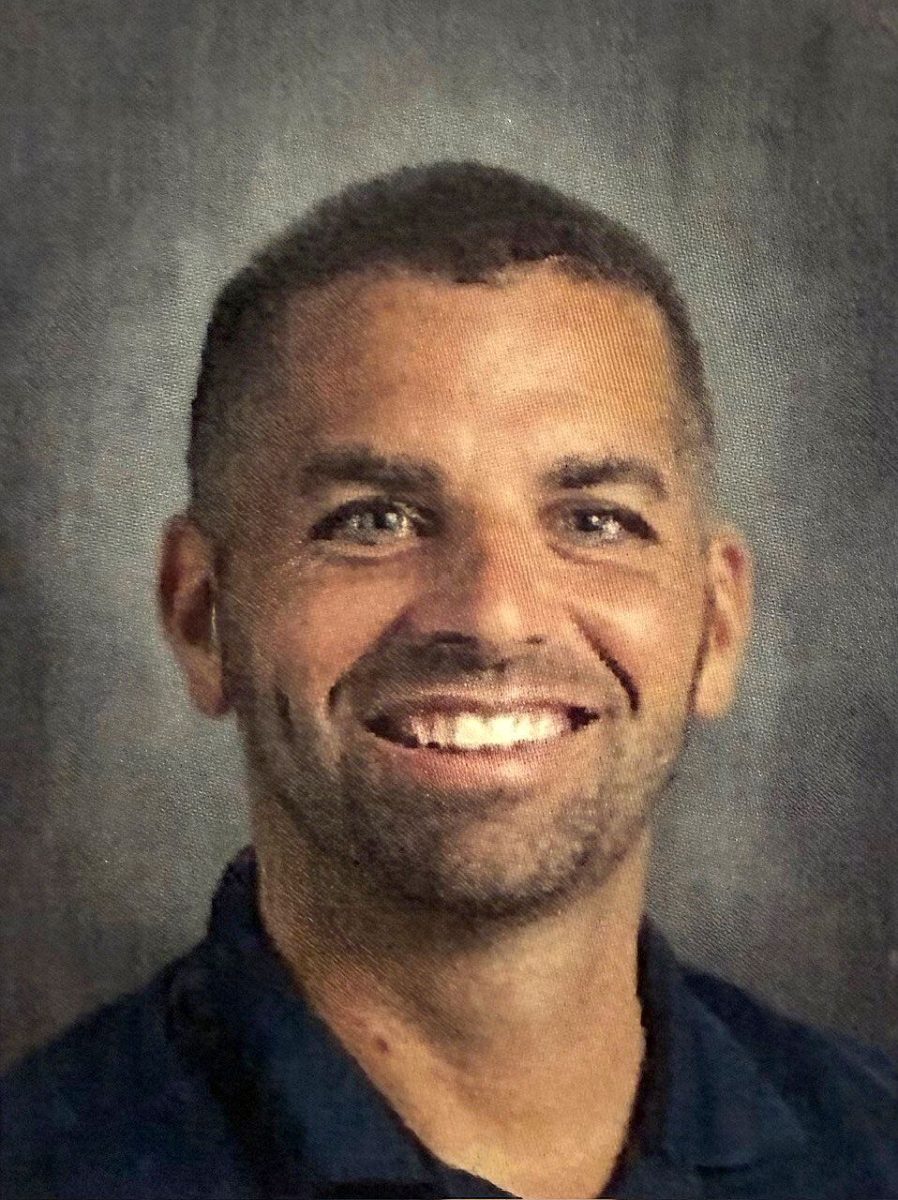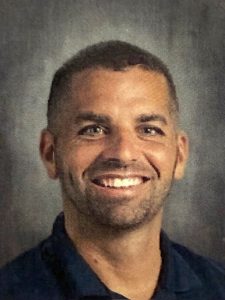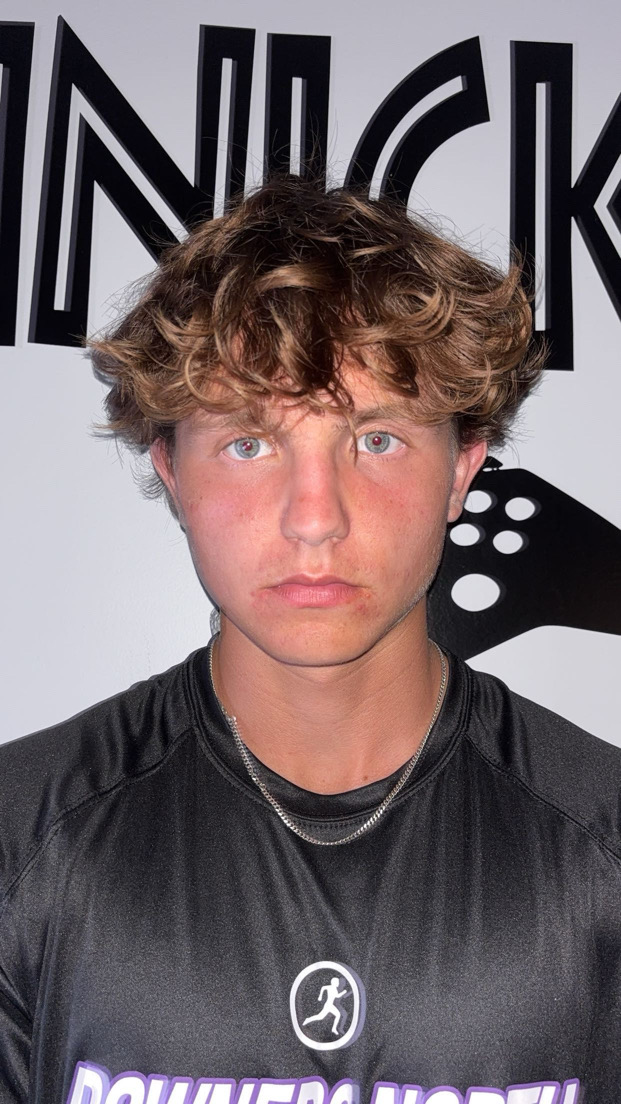Bullock presents to health classes following IYS
May 15, 2018
In March, Student Assistance Coordinator Keith Bullock presented to five of Christine Tomeck’s health classes to talk about the recently administered Illinois Youth Survey.
As part of his presentation, Bullock had the class participate in a six-question anonymous survey similar to the IYS. The questions asked about personal use and perception of drug and alcohol use. He then asked students crumple up their surveys and throw them across the room to insure anonymity. The students reported the data to the class by standing or sitting based on the answers on the paper they picked up. Bullock recorded the data and compared it to previous IYS data.
“The lesson is set up to talk about the survey, how we use the data for mostteens@dgn communication, and to demonstrate that the data that we get from a class sample is similar to the data we get from the larger IYS. I want students to feel comfortable that the data we share is valid, reliable, and believable,” Bullock said.
Sophomore Capri Darrus believes that Bullock’s presentation was an effective way to teach students about the IYS.
“I think Mr. Bullock’s presentation was very helpful in informing the students on what the test was about, how it works, and showing the increase or decrease in different categories,” Darrus said.
In his presentation, Bullock also informed the students about the counselors and service workers available to them at school. He spoke about confidentiality and where the staff must draw the line of confidence in regards to drugs and alcohol use. The guidelines the CSSS staff use to determine if they can keep student information about drug and alcohol use confidential include what kind of substance, how much of the substance, how often, how long and the overall context of the use.
“Where we can’t keep a student’s information confidential is when it’s related to an issue of safety for that students or others. We don’t condone underage drinking and substance use, but we know that some students are involved in substance use and we want to engage them with things that matter to them or things they do in their free time or ways they manage stress,” Bullock said.
Students may refrain from talking to counselors about substance use because of the grey-area around confidentiality. Bullock understands why student may be hesitant, but he encourages students who need support to trust the process. Darrus believes that the counselors are trustworthy.
“I think that the counselors at North are very trusted by the students. They make sure you feel comfortable and safe to talk about whatever is on your mind in confidence. I think it’s a great thing that the students at DGN have this resource,” Darrus said.
Bullock’s goal is to use the data from the IYS to engage students with specific data about substance use, including bridging the divide between the perception and reality of adolescent substance use.

























